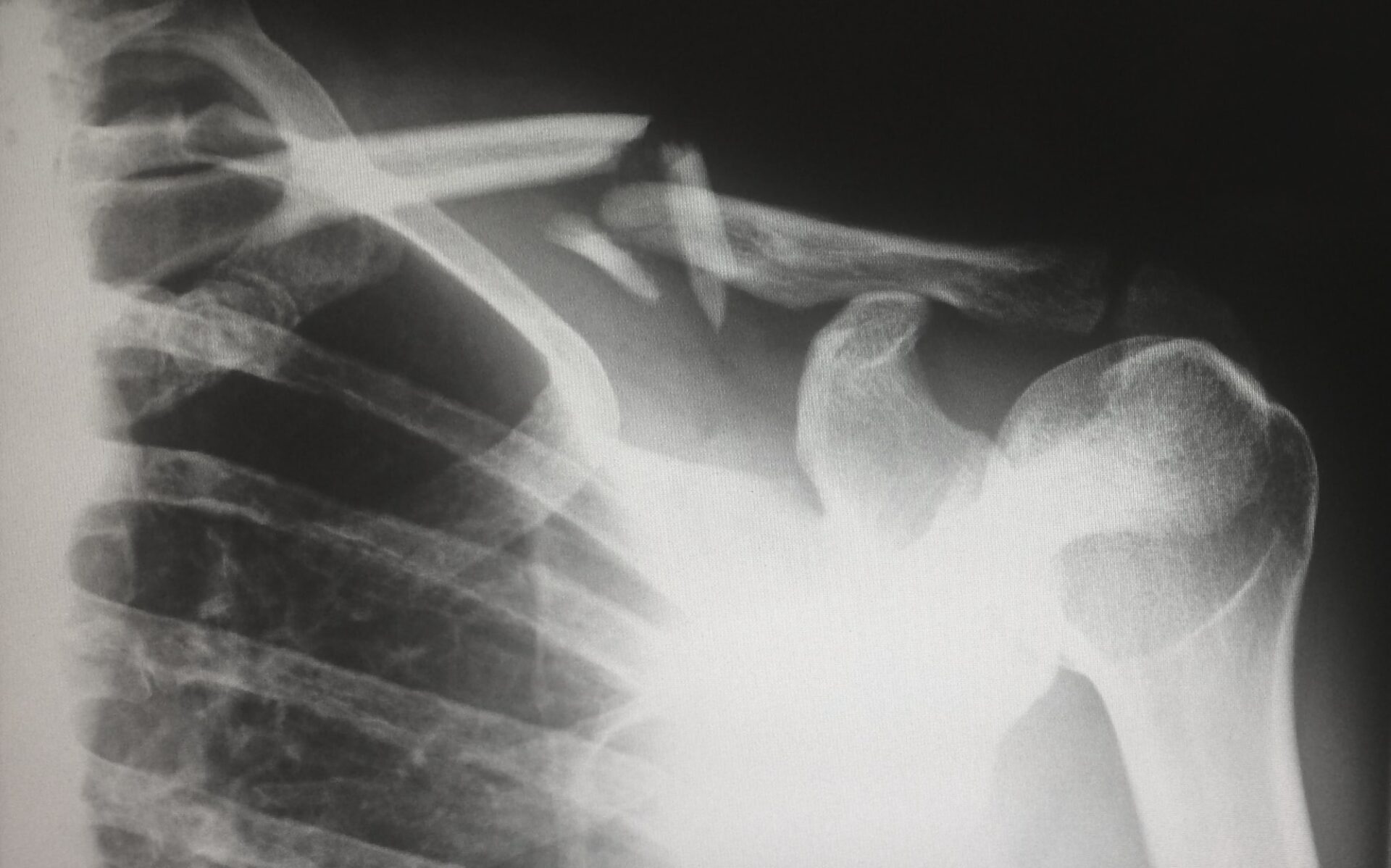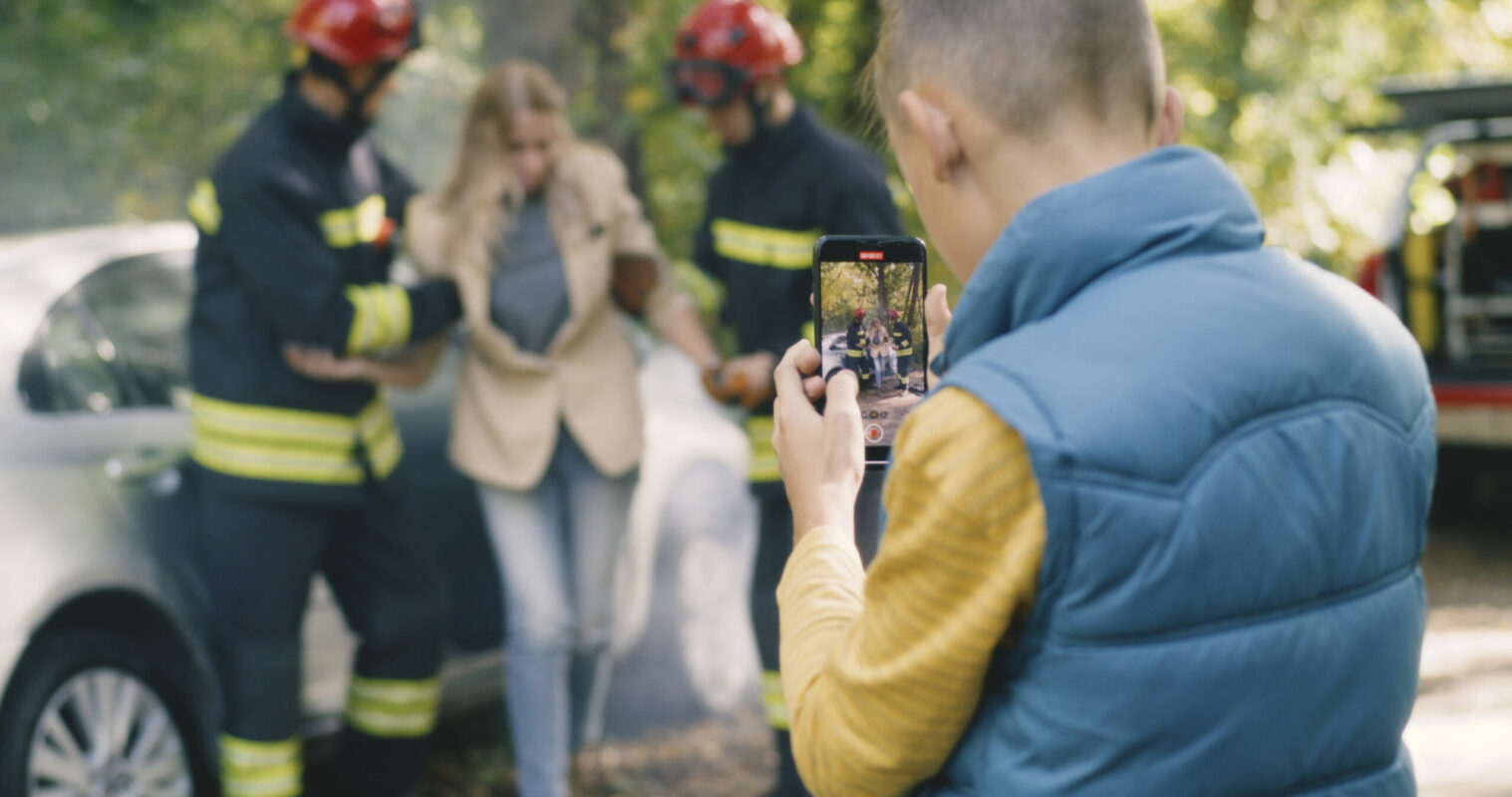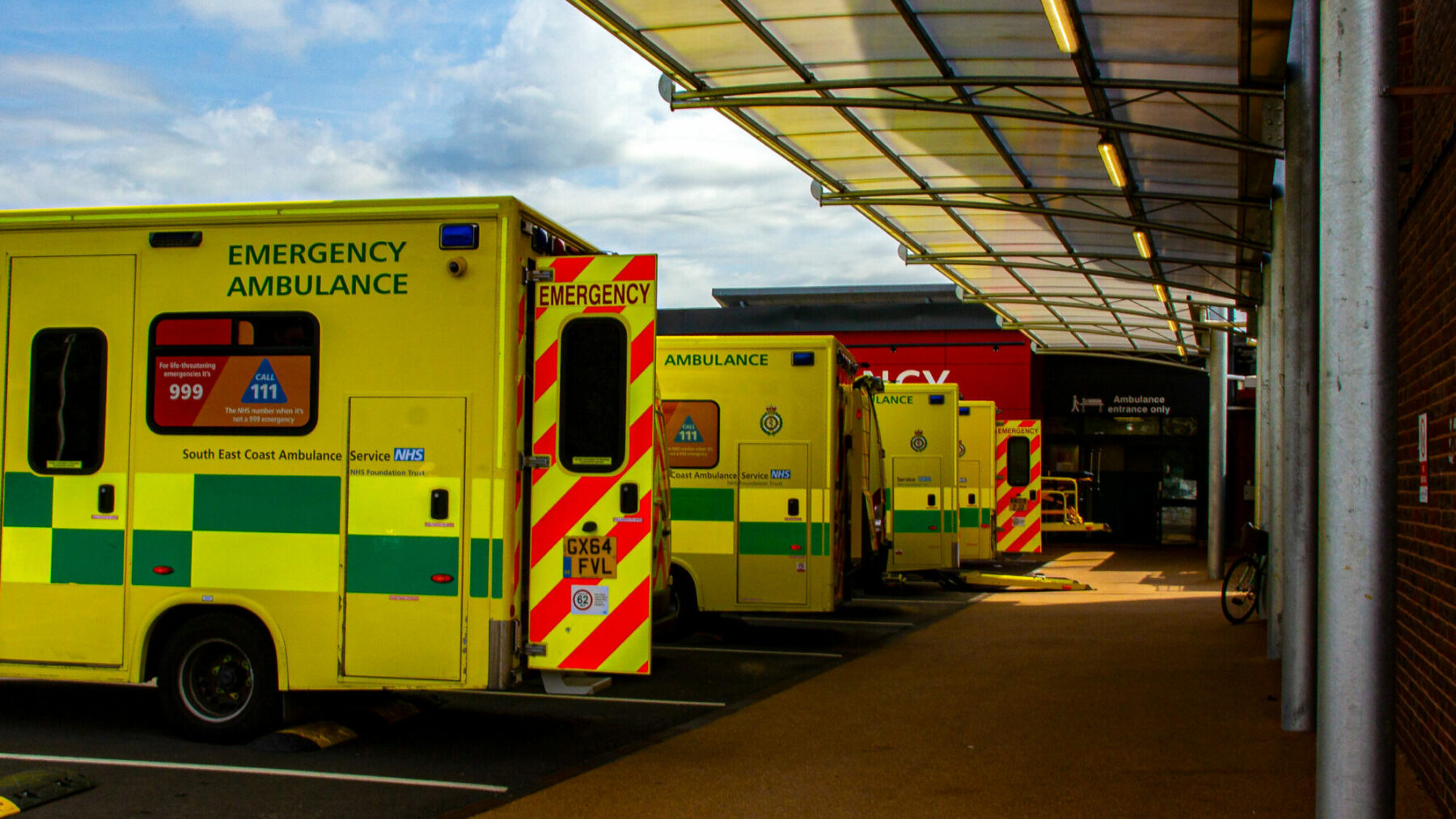
Every year over 170,000 injuries occur on UK roads in road traffic accidents (RTAs), of which approximately 10% are fatal. In some of these cases, the precise events surrounding the RTA can be so complicated that considerable legal expertise is needed to seek justice and compensation for the victims. In this article we will discuss some of the often complex and tragic situations which can arise from an RTA, what these can mean for the victims, and what can be done to bring about the best possible outcome for them.
RTA’s involving children
For some, it may be an uncomfortable eventuality to ever conceive, but fatal road traffic accidents (RTA’s) can leave behind families irreparably damaged and traumatised.
Consider the case of Agnes Collier who, in 2009, as a child, was a passenger of a car being driven by her mother, which crashed on the A346 in Gloucestershire. The impact caused Agnes to suffer severe spinal injuries, and tragically the death of her mother. Her brother, Rufus, incurred a serious head injury which thankfully he was able to recover from. Agnes’s spinal injuries resulted in paralysis from the waist down, and she was left with almost no ability to use her arms. Three years later, while studying at Cheltenham Ladies’ College, Agnes received a record £23 million in compensation by the insurers of the motorist who caused the accident. The award was made up of a £7.25 million lump sum and yearly payments of £270,000, reflecting Agnes’s lifelong care needs.
Complex injuries
RTA’s can lead to a wide spectrum of injuries and severities and can leave some victims in need of 24/7 care or unable to work for the remainder of their life. For example, serious brain injuries can lead to physical impairment and immobility, but also serious psychological and behavioural changes. In one such case, a man was awarded £3 million in 2015 after suffering a severe brain injury in a RTA several years earlier. The Claimant was a backseat passenger in a vehicle being driven by the Defendant, who was convicted of dangerous driving. Because of the accident, the Claimant underwent a craniectomy and a partial right frontal lobotomy, and due to recurrent infections when trying to replace the skull, he was left with around half of his skull missing. In addition, to the physical injuries suffered, the victim experienced post traumatic amnesia, seizures, impaired balance, paranoia, and excessive anger. As a result, he was prosecuted and imprisoned for assaulting family members. Thankfully, he was eventually placed into his own accommodation which met his needs and given the support and care he required.
Cases such as this require careful and diligent legal representation to ensure the damages that are owed are received.
Contributory negligence
In some RTAs, it may be deemed there is an element of contributory negligence, which can complicate matters legally. Contributory negligence may apply if the Claimant was in some way partly to blame for the RTA. In one example, a level of 30% contributory negligence was applied to a police officer whose parked police car had been driven into while stationary. The accident occurred on an undulating road, and because the police car was parked at the side of the road with no lights on, the driver did not see the parked vehicle until it was too late. While the driver of the moving car in this case was liable, and even though the police officer was not even in the vehicle when hit, it was considered that due to the nature of the position and conditions, the police officer was partly to blame for not turning the side lights on (as they were only stopped briefly to speak to a member of the public).
Hit and run or uninsured drivers
RTAs in which either the driver who caused the accident either fled the scene, or was not legally insured to drive, can pose significant challenges when attempting to seek justice, compensation and funding for rehabilitation for victims. According to the Department for Transport (DfT), approximately 10% of RTAs involve hit and run drivers. And research by the Motor Insurers Bureau (MIB) shows that younger drivers are more likely to leave the scene (a criminal offence) because they are uninsured, have been drinking, are scared of the consequences, or panic. Older drivers who cause vehicle accidents are more likely to leave the scene because they don’t feel it was serious enough. The MIB, offer compensation for the victim of RTAs whereby the at-fault driver flees the scene or is not insured under their Uninsured Drivers Scheme and an Untraced Drivers Scheme. For assistance in making an application to the MIB, or if you have been unable to secure damages following such an RTA (either from the MIB or your insurer), you should seek specialist legal advice.
Final words
If you have been the victim of an RTA that was the fault of another person, and you have suffered serious injuries, which will require ongoing treatment and care, you should not be required to fund this yourself. The costs, whether physical, mental, or financial, can be devastatingly high for the victim and their family (especially if the family are financially dependent on the injured victim), but by seeking expert legal representation as soon as possible, especially if you have are involved in a RTA claim whereby the circumstances are not straightforward, you can be assured of the best possible outcome.
To find out more about RTA Personal Injury Claims, please call our office on 020 3588 3500.
Do you have any comments to make on this article? Please feel free to add them to the section below.
Table of content
Recent Posts
Can You Put Digital Assets In A Trust? – How To Protect Your Digital Estate
In an era where our lives are increasingly played out [...]
Securing Legal Immigration Status After 20 Years in the UK
Gaining lawful immigration status after spending two decades in [...]
UK’s FCA Update: Stablecoins & Crypto Custody
The world of money is changing fast, and nowhere [...]








